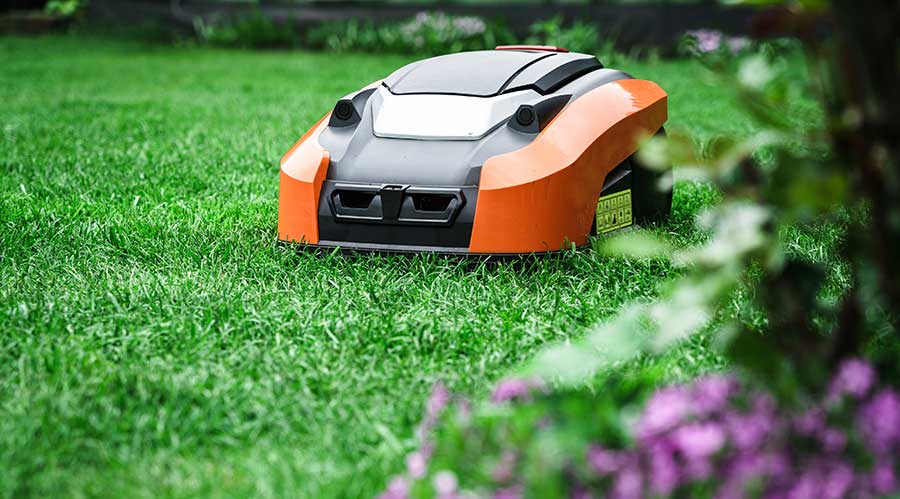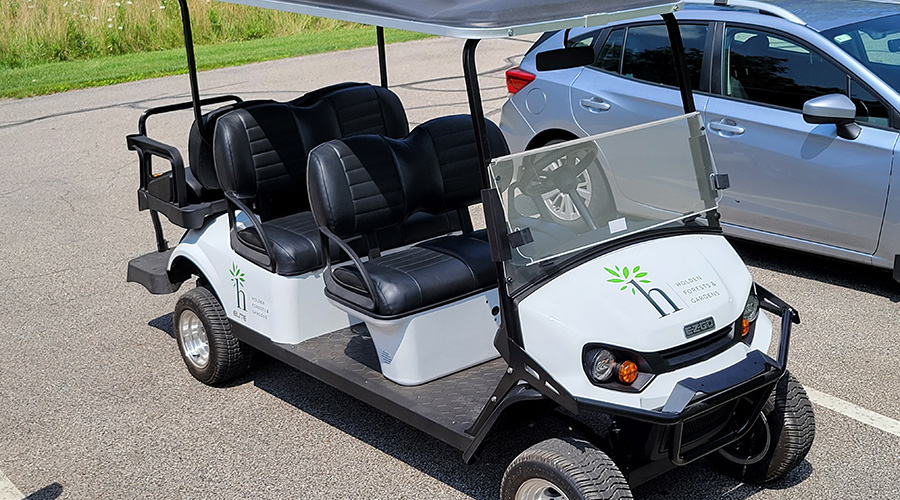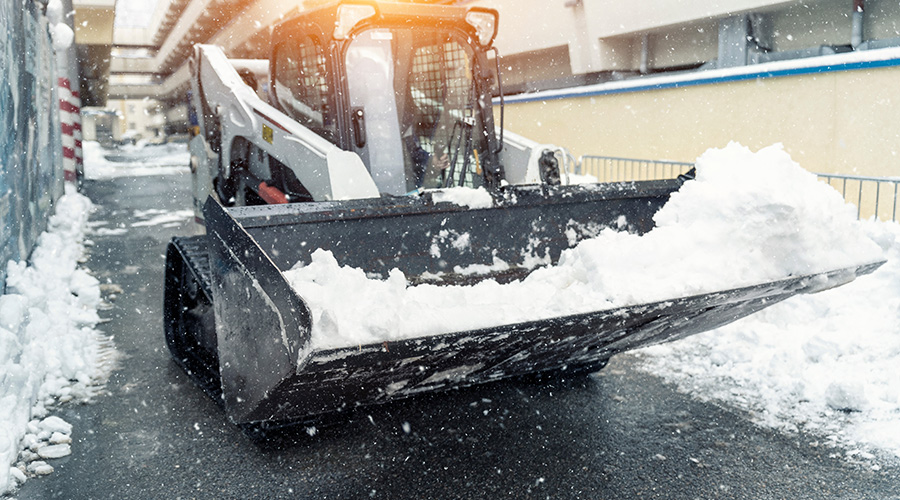Winterize Irrigation Systems in Colder Climates
For facilities located in colder climates, one of the most important steps is to winterize irrigation systems. Failure to do so is one of the most common causes of repair, as well as one of the most costly. Winterizing an irrigation system will help increase the system’s longevity by removing all water from the pipes and heads before the first hard ground freeze of the season. When water freezes, it expands, and this expansion can cause fittings, sprinklers, valves, pumps, pipes and other parts of irrigation systems to crack or burst.
In order to ensure the irrigation system is in working order in the spring, workers must drain it before the weather turns cold. Working with an irrigation specialist can help determine the best time to winterize a property. After establishing a timeline, the specialist can help ensure that all water is drained from the system, that the pipes have been blown clean with the use of an air compressor, and the system is wire-tied closed until the following spring.
The proper installation and maintenance of an irrigation system will result in responsible water use, and it can assist in eliminating wasteful spending. Using an efficient irrigation system further ensures landscapes stay as beautiful and healthy as possible. Proper maintenance and constant vigilance also will help ensure that an irrigation system is environmentally friendly, running effectively, and generating significant savings.
Ken Hutcheson is president of U.S. Lawns, a commercial landscape company with 260 franchise locations nationwide. He has more than 30 years of experience in the green industry.
Related Topics:














